
The Language of Light: Interpreting Aura Colores and Their Meanings
Have you ever met someone and instantly felt a connection or sensed an unexplainable energy around them? That energy might be their aura. An aura is an invisible, subtle energy field that surrounds living beings, believed to reflect their emotions, thoughts, and overall spiritual state. Each aura is said to carry a specific colour (or combination of colours) that holds unique meanings. Understanding these colours can offer insights into our inner selves and those around us.
Dr. Bhaskar Gawande
12/26/2024
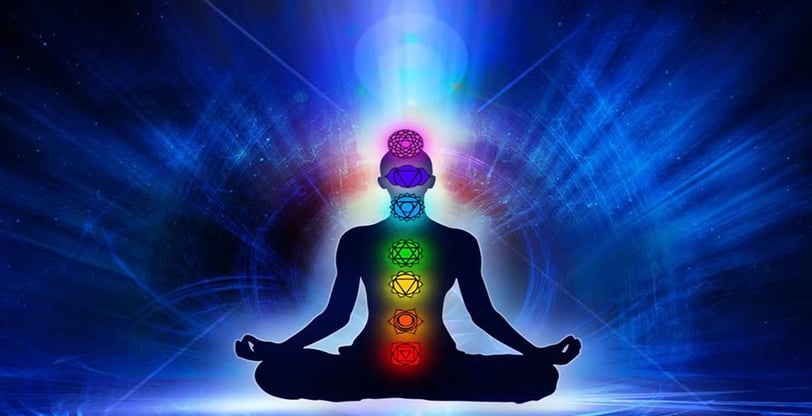

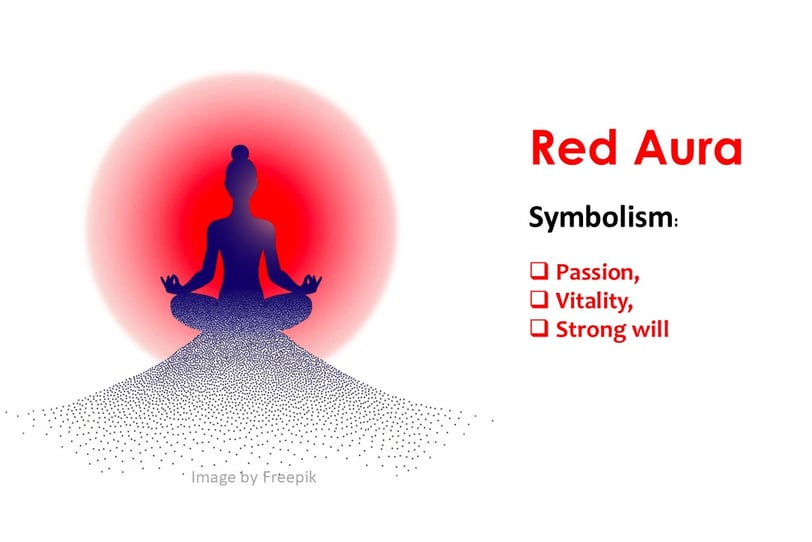

Orange
Symbolism: Creativity, enthusiasm, and sociability
Details: An orange aura reflects creativity, joy, and an outgoing nature. Those with an orange aura are often artists, performers, or individuals who thrive on social interactions and new experiences. It's a sign of a balanced, joyful personality.
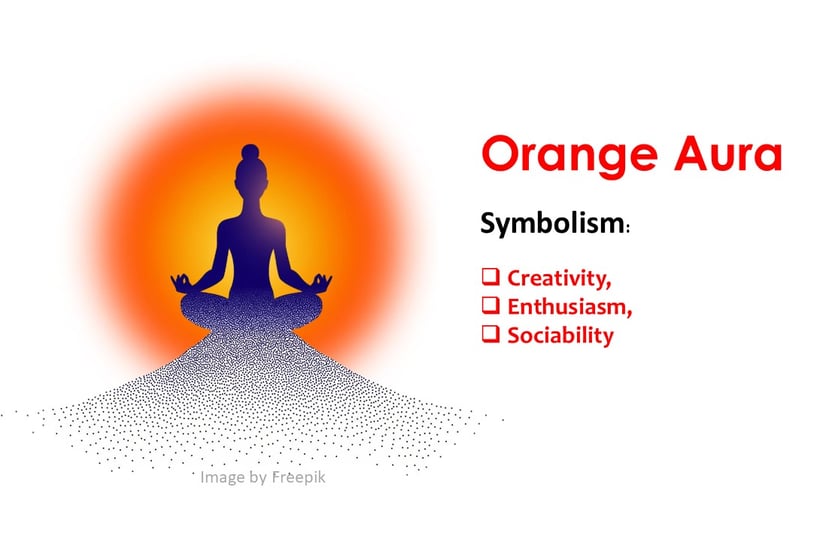

Yellow
Symbolism: Intelligence, optimism, and clarity
Details: Yellow auras are associated with intellectual pursuits, happiness, and clarity of thought. Individuals with a yellow aura are often optimistic, inspiring, and have a knack for problem-solving. They radiate warmth and positivity.
What is Aura
An aura is an energy field that surrounds all living beings, including humans, animals, and even inanimate objects. This invisible field is believed to reflect a person’s emotional state, mental condition, and level of spiritual awareness. Your aura is dynamic, constantly shifting in response to your thoughts, emotions, and external experiences. These changes often manifest in the aura's colour and intensity, providing valuable insights into your inner self and overall well-being.
Ancient traditions, such as those in Hinduism, describe the human energy field as consisting of seven layers, each linked to different aspects of physical, emotional, mental, and spiritual health. These layers work together to maintain balance and harmony. When one layer becomes disrupted, it can affect the others, potentially leading to imbalances in energy and well-being.
Learning to perceive and interpret auras can help you better understand yourself and others. By observing these energy patterns, you can uncover emotional truths, identify areas needing healing, and gain a deeper connection to your spiritual purpose. Whether through meditation, observation, or energy work, exploring your aura opens a path to self-awareness and holistic health.
Structure of the Aura
The human aura is typically perceived as comprising several layers, each with distinct characteristics:
Physical Layer: Closest to the body, associated with physical health and sensations.
Emotional Layer: Reflects feelings and emotional states.
Mental Layer: Linked to thoughts, beliefs, and cognitive processes.
Spiritual Layers: Connected to higher consciousness and spiritual awareness.
These layers are thought to interact dynamically, influencing and reflecting one's overall health and state of being.
Here’s a breakdown of the most common aura colors, what they reveal about you, and tips on identifying your own aura as well as others' energy fields:
The Colors of the Aura: A Deep Dive into Their Meanings and Significance
Auras, those mystical energy fields that surround every living being, are as unique as the individuals they envelop. Among the most fascinating aspects of auras is their vibrant array of colors, each holding distinct meanings and insights into our physical, emotional, and spiritual well-being. In this blog post, we'll explore the spectrum of aura colors, what they signify, and how you can interpret them to enhance your life.
Understanding Aura Colors
Auras are dynamic, constantly shifting in response to our thoughts, emotions, and experiences. The colors you perceive in an aura can provide a window into a person's current state of being. Here are the primary aura colors and what they typically represent:
Red
Symbolism: Passion, vitality, and strong will
Details: A red aura indicates a vibrant life force, energy, and drive. People with a red aura are often determined, ambitious, and ready to take on challenges. However, too much red can signal stress or anger.
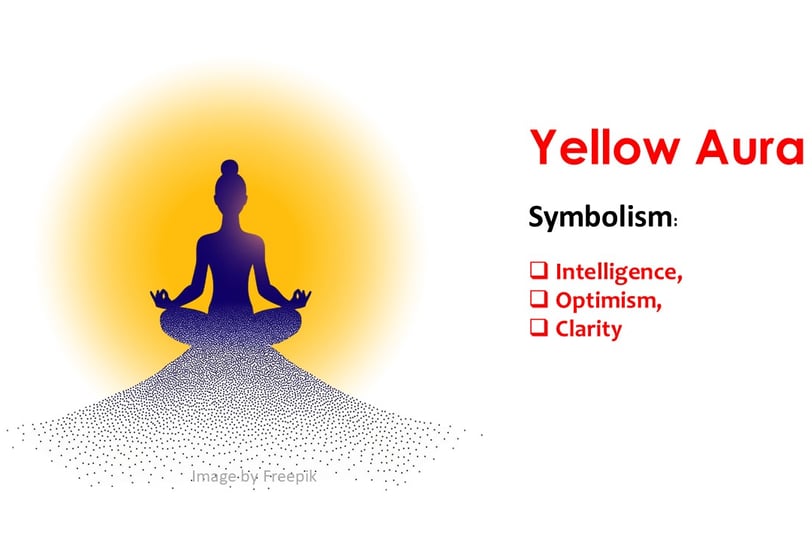

Green
Symbolism: Healing, balance, and growth
Details: A green aura signifies healing, nurturing, and a deep connection to nature. Those with a green aura often work in healing professions or have a natural ability to bring balance and harmony to their surroundings. It's a calming and restorative color.
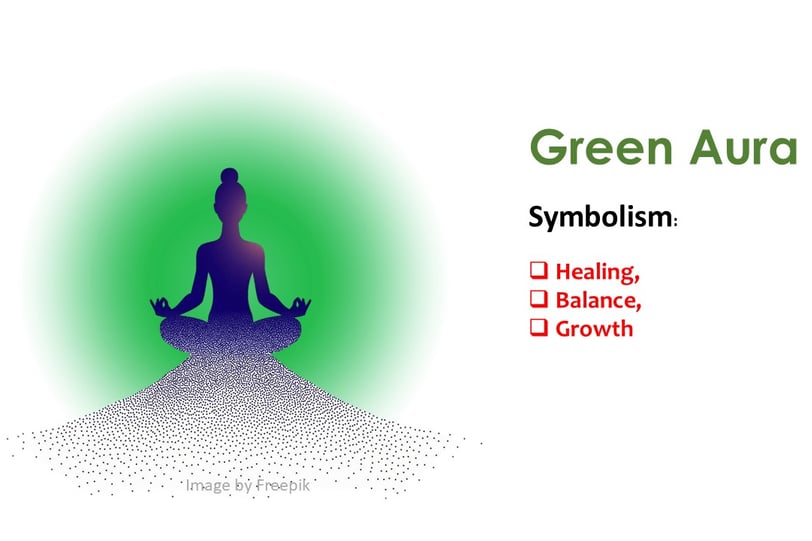

Blue
Symbolism: Communication, truth, and calmness
Details: Blue auras represent strong communication skills, honesty, and a sense of tranquility. People with a blue aura are often excellent communicators, empathetic listeners, and have a calming presence. They value truth and integrity.
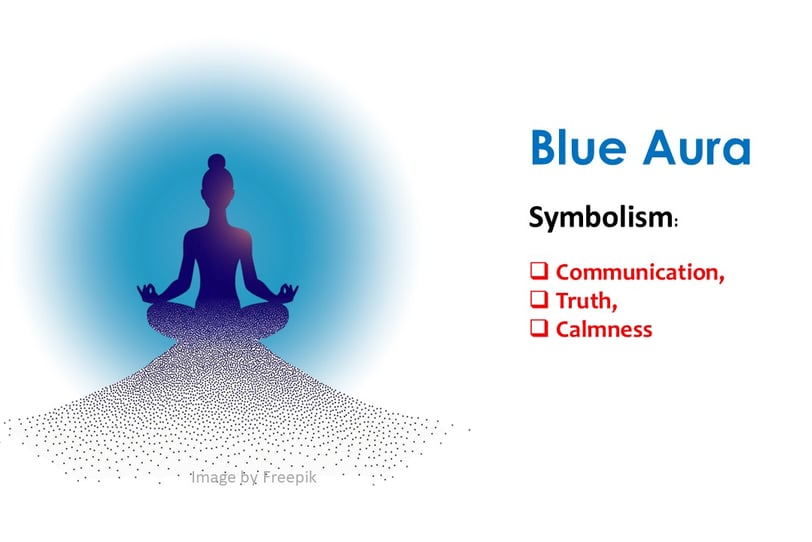

Indigo
Symbolism: Intuition, perception, and deep thinking
Details: An indigo aura reflects deep intuitive abilities, wisdom, and a profound understanding of the world. Those with an indigo aura are often introspective, spiritual seekers, and have a natural gift for perceiving beyond the physical realm.
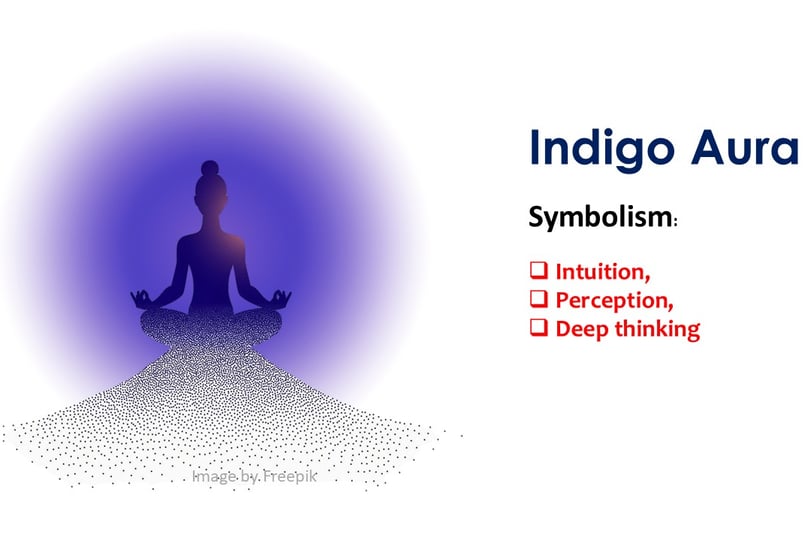

Purple
Symbolism: Imagination, spirituality, and higher consciousness
Details: Purple auras are linked to spiritual awakening, creativity, and a deep connection to the universe. Individuals with a purple aura often possess psychic abilities, strong intuition, and a vivid imagination. They are visionaries and dreamers.
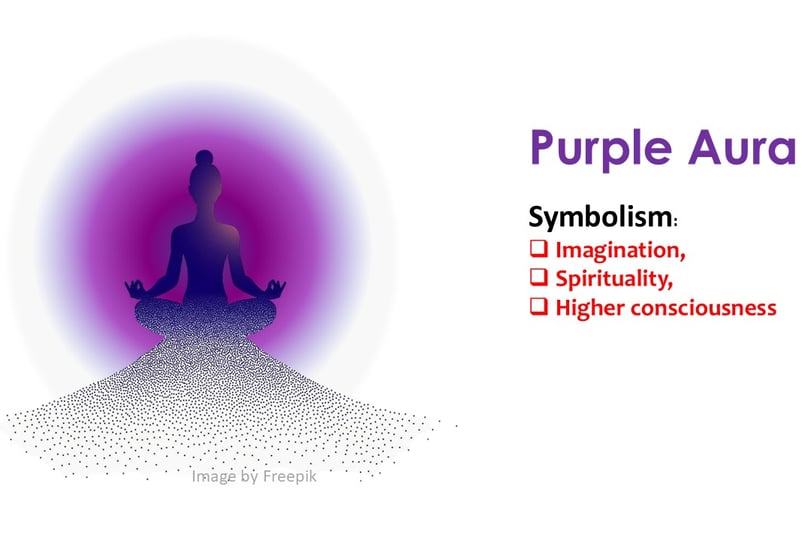

Pink
Symbolism: Love, compassion, and nurturing
Details: A pink aura represents love, kindness, and compassion. Individuals with a pink aura are often nurturing, empathetic, and possess a strong desire to help others. They are deeply connected to their emotions and the emotions of those around them.
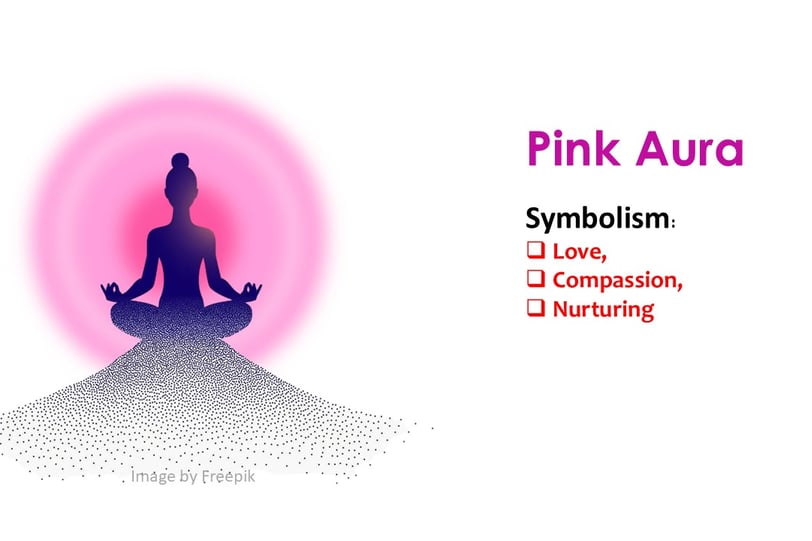

White
Symbolism: Purity, spiritual enlightenment, and protection
Details: White auras are rare and signify purity, spiritual growth, and protection. Those with a white aura are often highly spiritual, with a strong connection to the divine or higher consciousness. It can also indicate a new beginning or a fresh start.
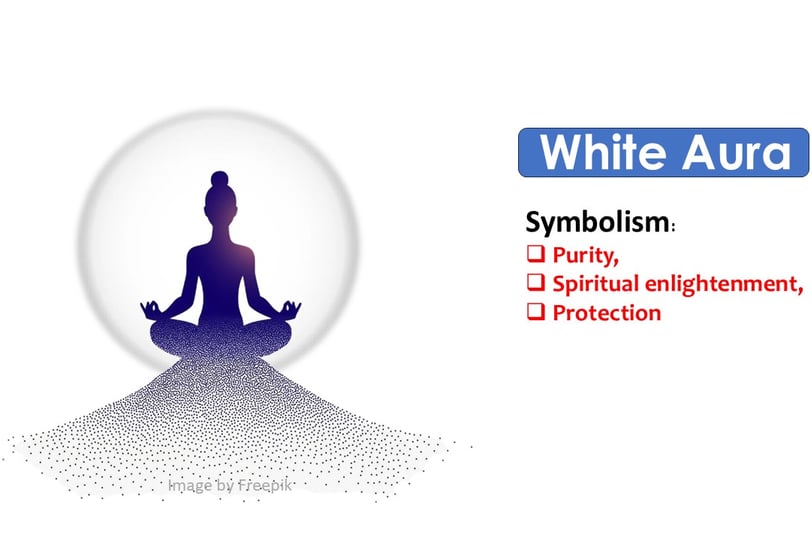

Black
Symbolism: Protection, mystery, and potential energy blockages
Details: Black auras can indicate protection, mystery, or potential energy blockages. While it’s not necessarily negative, a black aura suggests that there may be unresolved issues or areas that need healing. It acts as a protective shield, absorbing negative energy.
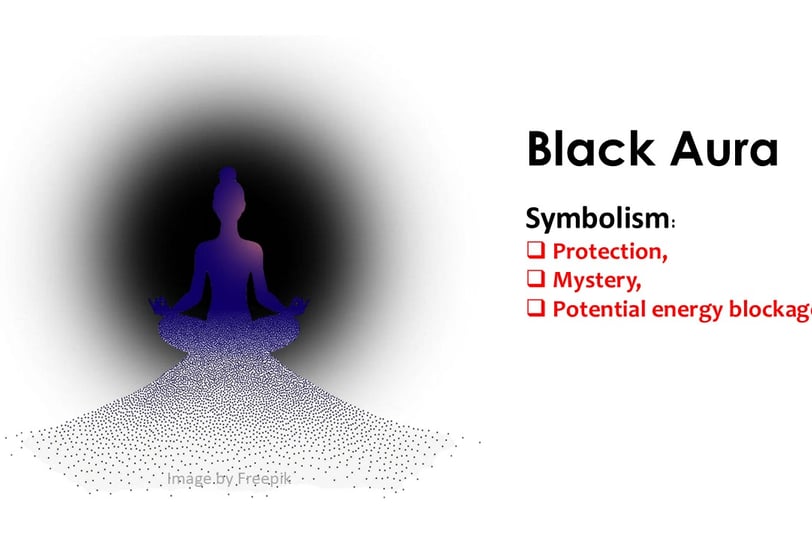

Interpreting Aura Colors
Interpreting aura colors requires practice and a keen sense of observation. Here are some tips to get you started:
Observe without judgment: When trying to read auras, approach with an open mind and avoid making quick assumptions.
Use peripheral vision: Often, auras are more visible when you look slightly away from the person, using your peripheral vision.
Practice regularly: Like any skill, seeing auras improves with consistent practice. Spend a few minutes each day focusing on this ability.
Enhancing and Balancing Your Aura
Maintaining a vibrant and balanced aura is essential for overall well-being. Here are some strategies to enhance your aura:
Meditation and Mindfulness: Regular meditation helps cleanse and strengthen your energy field.
Healthy Living: A balanced diet, regular exercise, and adequate sleep contribute to a healthy aura.
Positive Thoughts and Emotions: Cultivating positive thoughts and emotions uplifts your energetic state.
Connection with Nature: Spending time in nature helps rejuvenate and cleanse your aura.
Energy Healing Practices: Practices like Reiki, chakra balancing, and crystal healing can harmonize your aura.
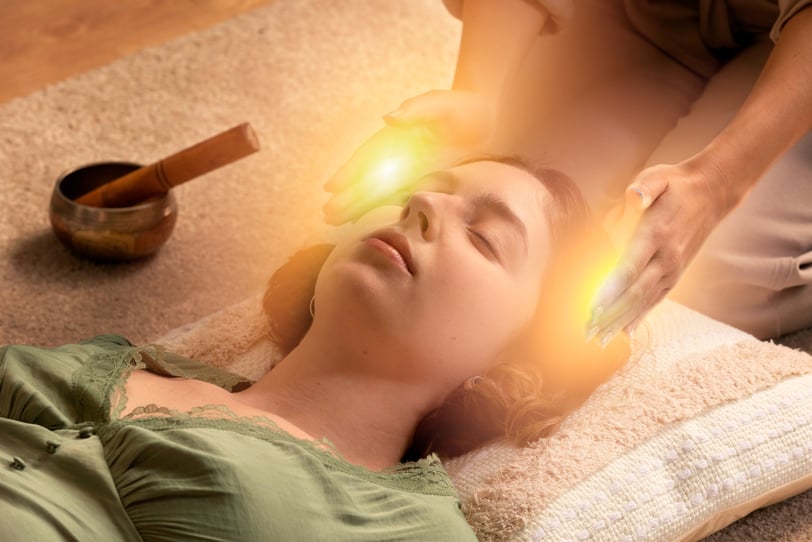

Perception of Auras
Some individuals claim the ability to perceive auras visually or through other senses. This perception is often described as seeing luminous colors surrounding a person or sensing energy fields. However, scientific investigations have not conclusively validated these experiences. For instance, studies suggest that phenomena such as synesthesia—a condition where senses intermingle—might explain why some people report seeing auras.
Scientific Perspectives
From a scientific standpoint, the existence of auras as energy fields detectable by human senses remains unproven. Some researchers propose that perceived auras could result from visual illusions, psychological factors, or neurological conditions. For example, the phenomenon of afterimages—visual impressions that continue after exposure to the original image has ceased—might lead to the illusion of an aura. Additionally, lateral inhibition, a process in the visual system that enhances contrast, combined with light refraction by particles surrounding our bodies, could create edge enhancement and rainbow-like experiences perceived as auras.
Cultural and Spiritual Significance
Despite the lack of empirical evidence, the concept of auras holds significant cultural and spiritual importance in various traditions. Practices such as Reiki and other forms of energy healing often involve working with the aura to promote balance and healing. In these contexts, the aura is seen as integral to an individual's life force and spiritual essence.
Conclusion
Exploring the colors of the aura offers profound insights into our innermost selves. Each hue tells a story, reflecting our emotions, thoughts, and spiritual journey. By understanding and interpreting these colors, we can achieve greater self-awareness, healing, and personal growth.
Embrace the beauty of your aura and let its colors guide you towards a more vibrant and harmonious life. Remember, your aura is a reflection of your essence—nurture it, honor it, and let it shine brightly.
Stay radiant and colorful!
